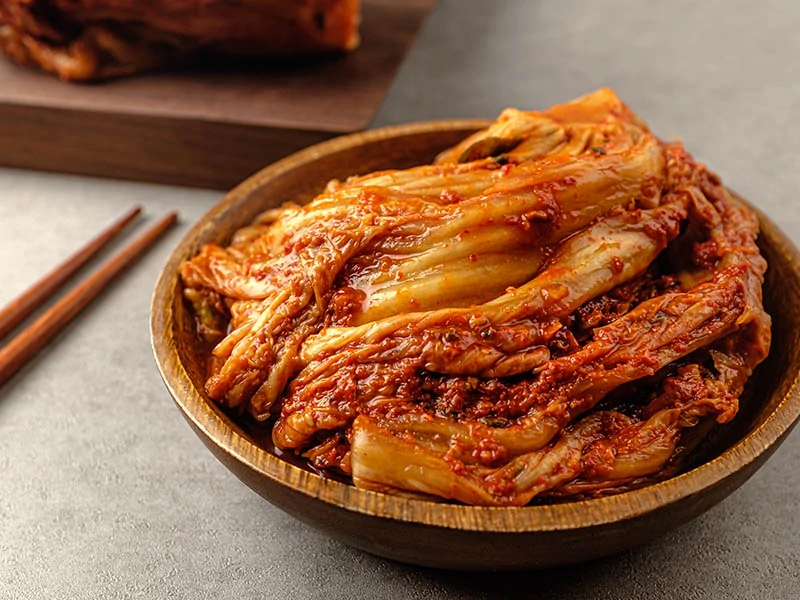Introduction: The cuisine of Eswatini
Eswatini, formerly known as Swaziland, is a small country located in Southern Africa. The traditional cuisine of Eswatini is influenced by the country’s cultural heritage and the availability of local ingredients. The cuisine is generally simple, but flavorful, and is characterized by the use of maize meal, beans, and vegetables.
History and cultural influences
The traditional food of Eswatini is deeply rooted in the country’s history and cultural influences. The indigenous people of Eswatini, the Swazi, have a rich cultural heritage, and their food is an integral part of their identity. The Swazi people traditionally lived off the land, relying on agriculture, hunting, and gathering for their sustenance. The arrival of European colonizers in the late 19th century also had an impact on the country’s cuisine, with the introduction of new ingredients and cooking techniques.
Staple foods and traditional dishes
Maize meal, also known as pap or phutu, is a staple food in Eswatini and is served with most meals. Beans, peas, and vegetables such as pumpkin, spinach, and cabbage are also commonly eaten. Traditional dishes include emasi, a sour milk that is often served with pap, and siswati, a porridge made from cassava flour. Another popular dish is umncweba, a cured meat that is usually served with pap and vegetables.
Meat, dairy, and vegetable dishes
Meat is an important part of the traditional cuisine of Eswatini, with beef, goat, and chicken being the most commonly consumed. Dairy products such as milk and butter are also widely used. Vegetables such as pumpkin, beans, and spinach are often served as side dishes.
Popular spices and flavors
The traditional cuisine of Eswatini is known for its spicy and flavorful dishes. Common spices include chili peppers, ginger, garlic, and cumin. Other popular flavors include sourness, which is achieved by fermenting or souring milk, and sweetness, which is often added using sugar or honey.
Eating customs and etiquette
In Eswatini, it is customary to eat with your hands, using your right hand only. It is considered impolite to eat with your left hand, as it is traditionally used for personal hygiene purposes. It is also customary to offer food to guests as a sign of hospitality.
Festivals and celebrations
Many festivals and celebrations in Eswatini are centered around food. The Umhlanga Reed Dance, held annually in August or September, is a celebration of the country’s young women and is marked by feasting and traditional dancing. Another important food-related festival is the Incwala, or Festival of the First Fruits, which is celebrated in December or January and involves a ritualized feast.
Conclusion: Eswatini’s unique culinary identity
The traditional food of Eswatini is simple, yet flavorful, and is characterized by the use of local ingredients and spices. The cuisine is deeply rooted in the country’s cultural heritage and is an integral part of the Swazi people’s identity. From staple foods like maize meal to traditional dishes like emasi, Eswatini’s cuisine is a reflection of the country’s rich history and cultural influences.



